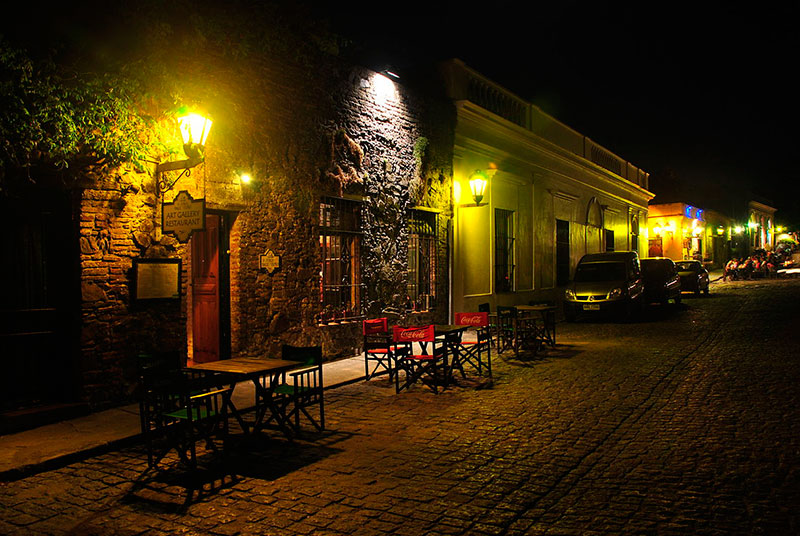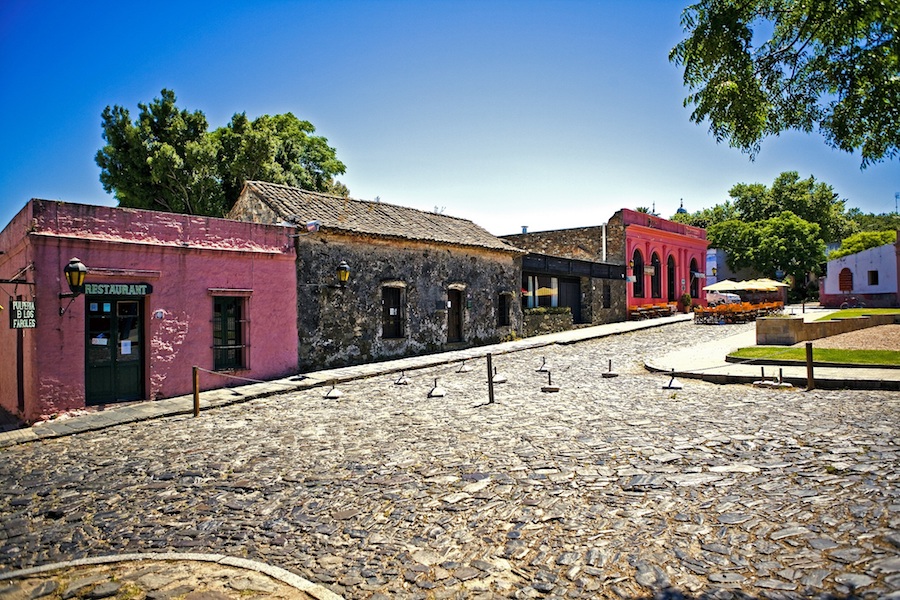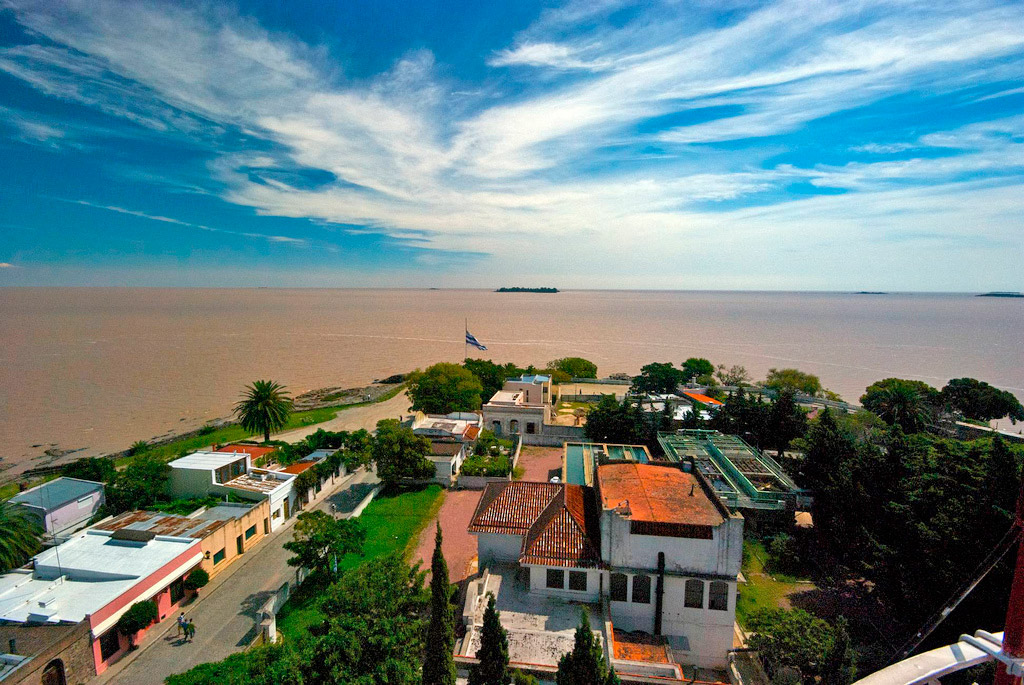
About Colonia del Sacramento
Colonia del Sacramento, today considered a World Heritage Site, was founded in 1680 by Portuguese troops who settled on the River Plate coast.
By then, the kingdoms of Spain and Portugal were in a constant and insatiable war, since both countries tried to expand their power by ignoring bilateral agreements.
By then, the kingdoms of Spain and Portugal were in a constant and insatiable war, since both countries tried to expand their power by ignoring bilateral agreements.

History
The history of Colonia is intertwined with the history of Uruguay itself. As in no other Uruguayan city, the historical is breathed in Colonia del Sacramento, as its main charm and tourist attraction. In the Old Town, houses and monuments from the 17th and 18th centuries are preserved, making this mythical neighborhood a UNESCO World Heritage Site.In a permanent struggle with the Spanish colonizers, the Portuguese chose this strategic point on the River Plate coast to establish their first colony in the region. The oldest city in the country was founded in 1680 by Manuel Lobo on the San Gabriel peninsula, from where the entrance to the Uruguay and Paraná rivers was controlled. In addition to founding the “Nova Colonia do Sacramento”, Lobo appropriated the Martín García and San Gabriel Islands.
The conflicts with Spain over the colonial limits marked the history of the city throughout a whole century, in which it passed from one domain to another on several occasions. The mixture of architectural styles accompanied this history of confrontations. Its unique layout in Uruguay is preserved from its Portuguese origin: narrow streets of military style, contrasting with the Spanish checkerboard
In 1777, the Treaty of San Ildefonso gave Spain control of the city until 1820, when new Portuguese invasions incorporated Colonia into the Brazilian Empire. In 1828, after the Portuguese defeat in the Battle of Ituzaingó and Uruguay's declaration of independence, Colonia was vacated by Portugal and integrated into the new Republic. Countless buildings remain from the colonial era, such as the Calle de los Suspiros, the Casa del Virrey, the Iglesia Matriz, the ruins of the San Francisco Convent and the Puerta de la Citadel.




